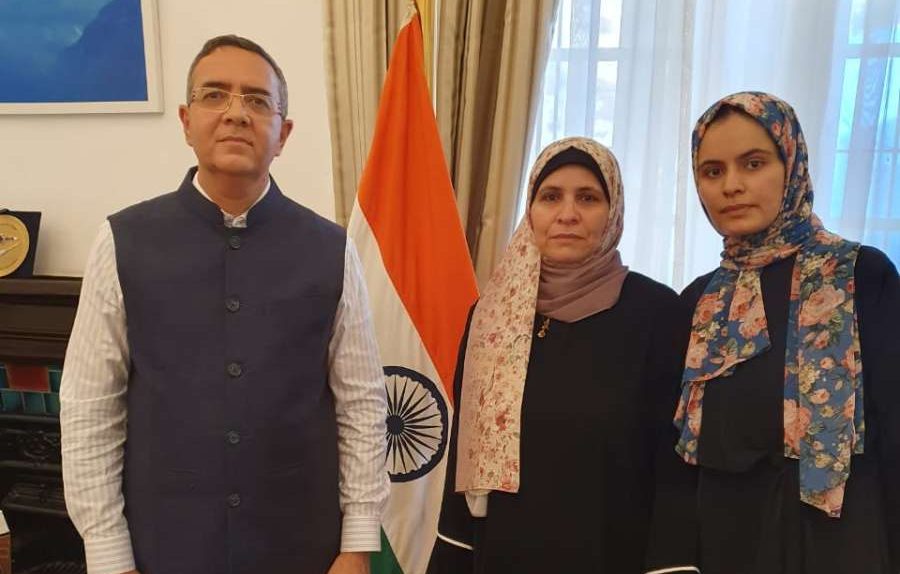In Dwarka sector-8 station, the PM 2.5 reached 446, in the ‘severe’ category while PM 10 was at 361, in very poor, while CO was at 62, in satisfactory levels…reports Asian Lite News
Air quality across Delhi yet again dipped to ‘severe’ category with the AQI hitting alarming levels at several places on Wednesday.
The Anand Vihar station was in the ‘severe’ category with PM 2.5 at 500 and PM 10 at 476, while the Carbon monoxide (CO) was at 102, under ‘moderate’ category, and the NO2 at 53, in satisfactory levels, as per CPCB at 9 a.m.
At the Bawana station, PM 2.5 reached 500 and PM 10 at 435, while the CO reached 95, in ‘satisfactory’ levels and NO2 at 21, in the ‘good’ category.
In Dwarka sector-8 station, the PM 2.5 reached 446, in the ‘severe’ category while PM 10 was at 361, in very poor, while CO was at 62, in satisfactory levels.
The air quality at the Indira Gandhi International Airport T3 area was ‘severe’ with PM 2.5 recorded at 429 and PM 10 at 286, in the ‘poor’ category while the CO reached at 84, under ‘satisfactory’ category.
At Delhi Technical University (DTU) station, the PM 10 was at 437, in the ‘severe’ category and PM 2.5 was at 327, under ‘very poor’ category.
The NO2 reached 127, under moderate levels, while CO was at 88, in satisfactory levels.
The PM 2.5 at Jahangirpuri was recorded at 500, under ‘severe’ category, while PM 10 reached 489, also placing it under the ‘severe’ category. Here, the Carbon monoxide was 90 in ‘satisfactory’ levels and NO2 at 13, in the ‘good’ category.
Notably, the AQI between zero and 50 is considered ‘good’; 51 and 100 ‘satisfactory’; 101 and 200 ‘moderate’; 201 and 300 ‘poor’; 301 and 400 ‘very poor’; and 401 and 500 ‘severe’.
The NCAP Tracker is a joint project by Climate Trends and Respirer Living Sciences to create an online hub for the latest updates on India’s clean air policy, the National Clean Air Programme (NCAP).
The data was sourced from the Continuous Ambient Air Quality Monitoring Stations (CAAQMS) of the Central Pollution Control Board (CPCB).
Firecrackers were burst in the national capital and other cities on Diwali despite alarming pollution levels and the Supreme Court’s ban on bursting crackers.
Meanwhile, Delhi Labour Minister Raaj Kumar Anand took stock of the implementation of measures to control air pollution at the Jonti Border area and reviewed the ground situation there. The minister also took stock of the implementation of the pollution control measures in the Kanjhawala area.
“Pollution in Delhi has been on the rise after Diwali. We have to reduce the pollution level in Delhi and our government is continuously working for it. We have been asking the locals to cooperate,” Raaj Kumar Anand told ANI after the inspection in the Kanjhawala area.
The pollution control measures under stage four of the GRAP are currently underway in the national capital. It will continue until further orders, said Delhi Environment Minister Gopal Rai on Monday.








